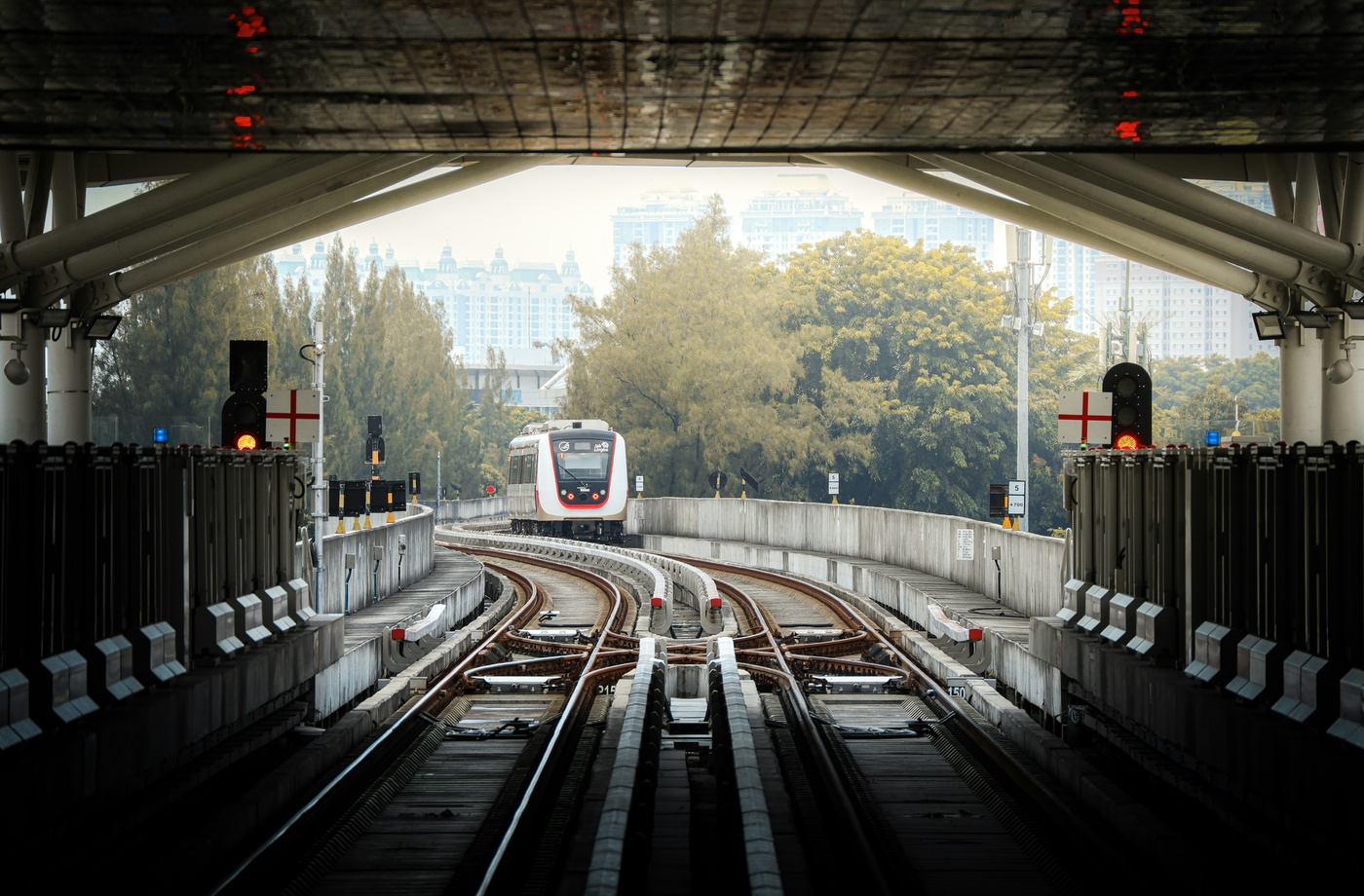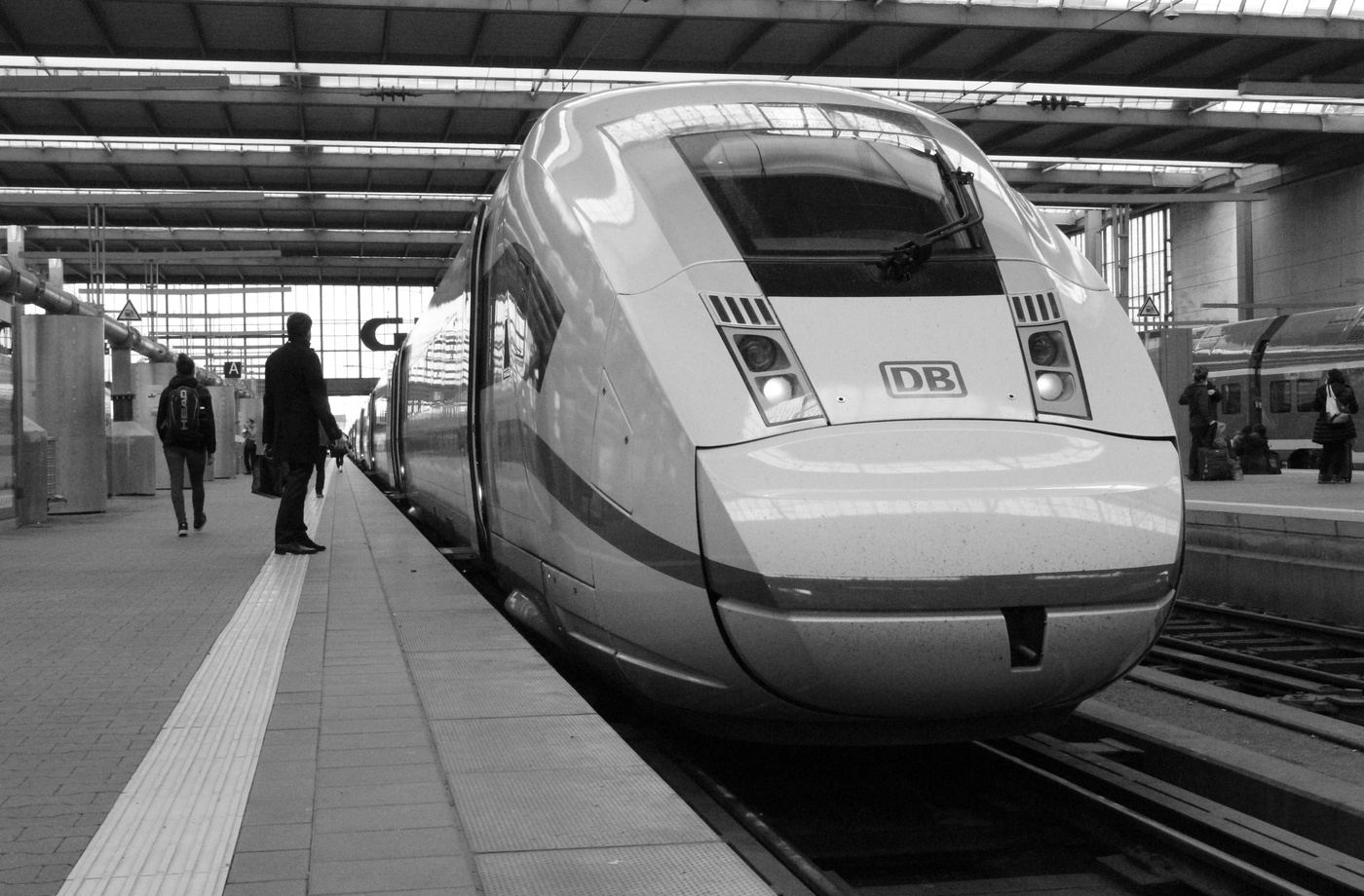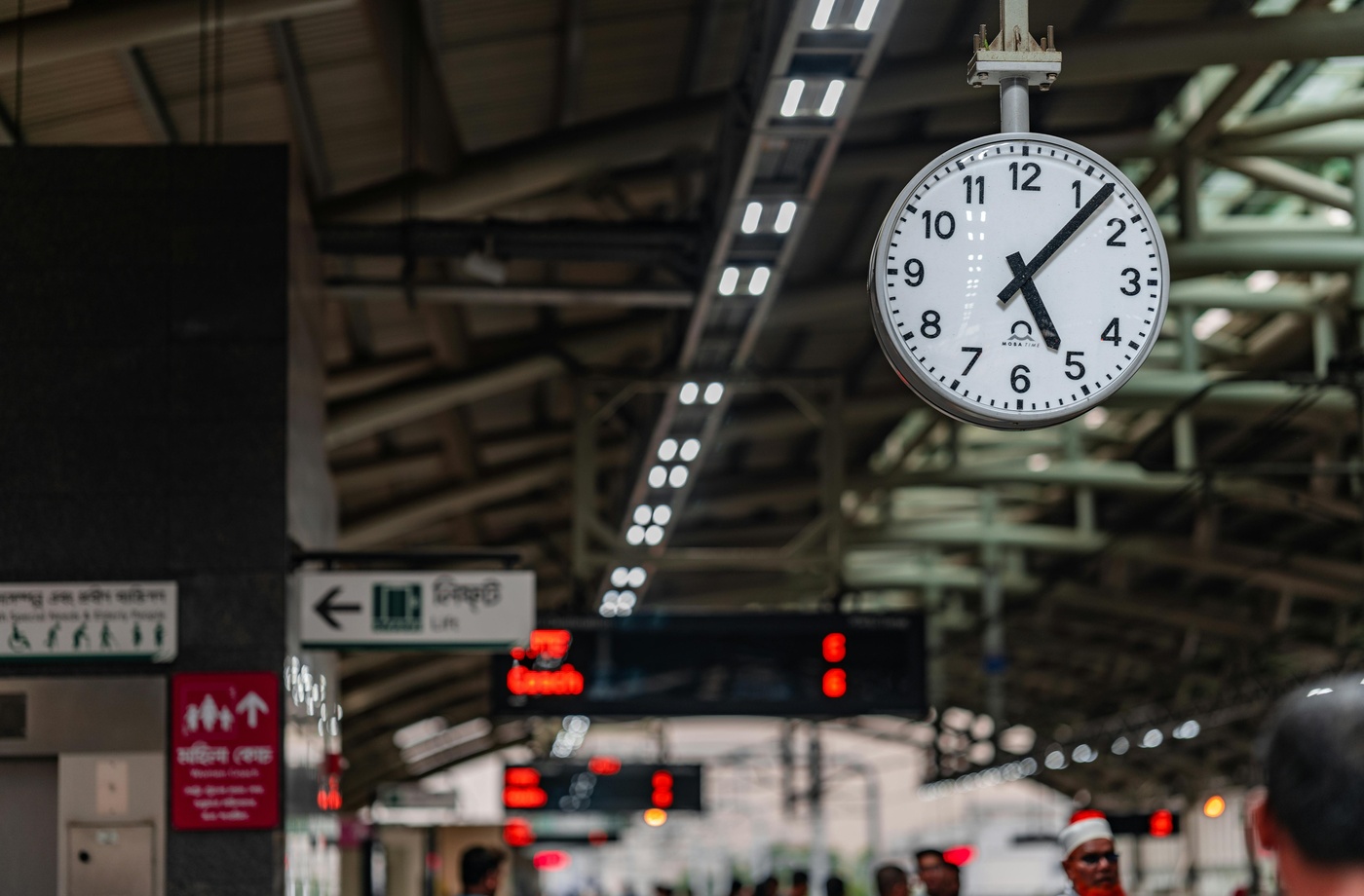Remote and hybrid work models have transformed how, when, and why people commute—and public transit systems across the country are responding. With fewer daily riders and shifting peak hours, rail networks are rethinking service models, fare structures, and long-term investments. Here’s how train systems are adapting to this new era of work and what it means for riders going forward.
Reduced Peak-Hour Congestion
One of the immediate impacts of remote work has been the flattening of traditional rush hour. Instead of two dense commuting windows, ridership is more evenly distributed throughout the day. Transit systems such as New York’s MTA, Bay Area’s BART, and Washington’s Metro are shifting schedules accordingly—offering more flexible service during midday and reducing off-peak wait times.
Flexible and Discounted Fare Models
Transit agencies are rolling out new pricing options to accommodate hybrid workers who don’t commute five days a week:
- MTA (NYC): Introduced fare capping and 20-trip plans to reward consistent—but not daily—riders
- MBTA (Boston): Launched a flexible pass program that allows riders to prepay for a set number of trips per month
- Metrolink (SoCal): Offers a $10 all-day pass perfect for occasional travel
These options are designed to attract part-time riders while offering savings over traditional monthly passes.
Tech Upgrades and Real-Time Tools
To support unpredictable commuting patterns, agencies are investing in real-time tracking tools and mobile apps. Systems like Transit and Moovit provide up-to-the-minute train arrivals, capacity indicators, and fare integration—key for commuters who now travel on a more varied schedule.
Many systems are also adopting contactless payment methods, QR code boarding, and digital ticketing platforms to streamline the travel experience.
Station and Railcar Redesigns
With more riders seeking space and comfort, some agencies are reconfiguring train interiors and station layouts. Common upgrades include:
- More seating flexibility and open layouts
- Enhanced ventilation systems
- Touchless doors and improved signage for distancing
The goal is to provide a cleaner, safer, and more comfortable experience to attract returning riders.
Work-Friendly Amenities
Recognizing that many commuters may work en route, some services are improving onboard amenities. Wi-Fi availability, power outlets, and quieter work-friendly cars are being prioritized on trains like Amtrak and select commuter lines. Riders are also increasingly using time in transit to check email, attend virtual meetings, or review documents.
How Riders Can Save Under New Models
Though this blog doesn’t focus on cashback apps, occasional riders can still stretch their transit budgets by using platforms like Rakuten and Ibotta for purchases made during their commute. And for anyone spending at station vendors, tools like Fluz offer easy ways to earn cashback with a Starbucks gift card or get Dunkin’ at a discount with Fluz, especially for breakfast and coffee on the go.
Final Thoughts
As the lines between work and home continue to blur, public transit is evolving to meet the new demands of a hybrid workforce. From flexible fares to tech-driven service improvements, rail systems are finding innovative ways to stay relevant—and valuable—in the era of remote work. For riders, that means more options, better tools, and smarter ways to commute.



